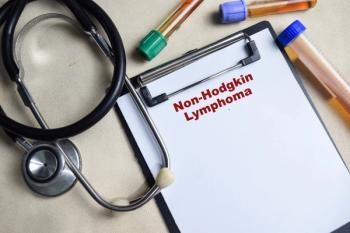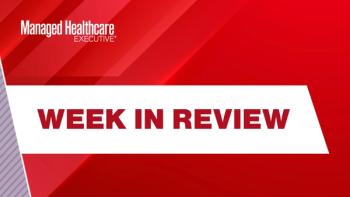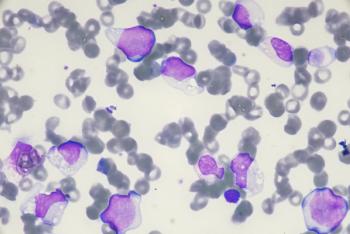
Substituting Brand-Name CVD Drug for Generics Could Yield $641 Million in Savings
Researchers find that only 2.4% of prescriptions for 90 “substitutable” drugs were for brand-name drugs yet they accounted 21.2% of the expenditures on those drugs.
Substituting brand-name drugs with generics is a well-trodden path to considerable drug savings. But findings reported today show that when it comes to cardiovascular therapies, a small minority of physicians prescribing a relatively small number of brand-name drugs with generic substitutions are squandering the opportunity to realize savings from brand-to-generic substitution.
Results from a cross-sectional study of a Medicare Part D database showed that a large proportion (300,275 of 418,836,or 71.7%) of clinicians prescribed only generics. But a relatively small proportion (34,239 of 418,836, or 8.2%) of physicians prescribed brand-name drugs instead of less expensive generics that would have resulted in 50% of the potential savings if they had prescribed generics instead.
Overall, the researchers calculated that generic substitution for brand-name cardiovascular drugs would have saved $641 million in 2017, which works out to be about 2.7% of the $22.9 billion spent on 169 cardiovascular drugs in Medicare Part D that year. They calculated that more than half ($395 million, or 61.6%) of that potential savings would have resulted from swapping out brand-name versions for cheaper generics of just three drugs: ezetimibe (Zetia is the brand-named drug), rosuvastatin (Crestor and Ezalior) and an ezetimibe-simvastatin combination (Vytorin).
The researchers, led by Iris Ma, M.D., of California Pacific Medical Center in San Francisco, narrowed down the 169 cardiovascular drugs down to 90 with generic substitutes. Of the 856 monthly fills of prescriptions for those 90 drugs, only a small fraction — 2.4% — were for brand-name drugs, a reflection of how common generic drugs have become. However, a disproportionate share — 21.2%, or $2.3 billion — share of the $11 billion spent on those “substitutable” cardiovascular drugs was for brand-name drugs.
Ma and her colleagues calculated that substituting brand-name cardiovascular drugs for lower-cost equivalents would have resulted in $1.3 billion in Part D savings. Once rebates were factored, that savings shrunk to $641 million. Their calculations also showed that replacing brand-name cardiovascular drugs for generics would have resulted in a reduction of $135 million in patient out-of-pocket costs.
The researchers looked at the effect of state-level generic switching law. According to Ma and her co-investigators, 20 states mandate generic substitution if the prescriber did not specify “dispense as written.” Twenty-six state and the District of Columbia require either explicit consent or patient right to refuse generic swap. Although they found some state-by-state in generic prescribing and the potential for savings, they did not find that the variation was associated with state law. “Our findings,” they wrote, “suggest alternate drivers of the variations observed in brand-name cardiovascular fills, such as patient preference or clinician prescribing habits, rather than state laws.”
They also noted that over half of the potential savings from brand-name to generic were from prescriptionsby clinicians who prescribed those drugs 10 or fewer times in the year. They saw that lack of generic substitution by low-volume prescribers reinforces the importance of system-level interventions to move prescriptions over to generics.
Ma and her colleagues reported their results in the Circulation: Cardiovascular Quality and Outcomes.
Newsletter
Get the latest industry news, event updates, and more from Managed healthcare Executive.





















































